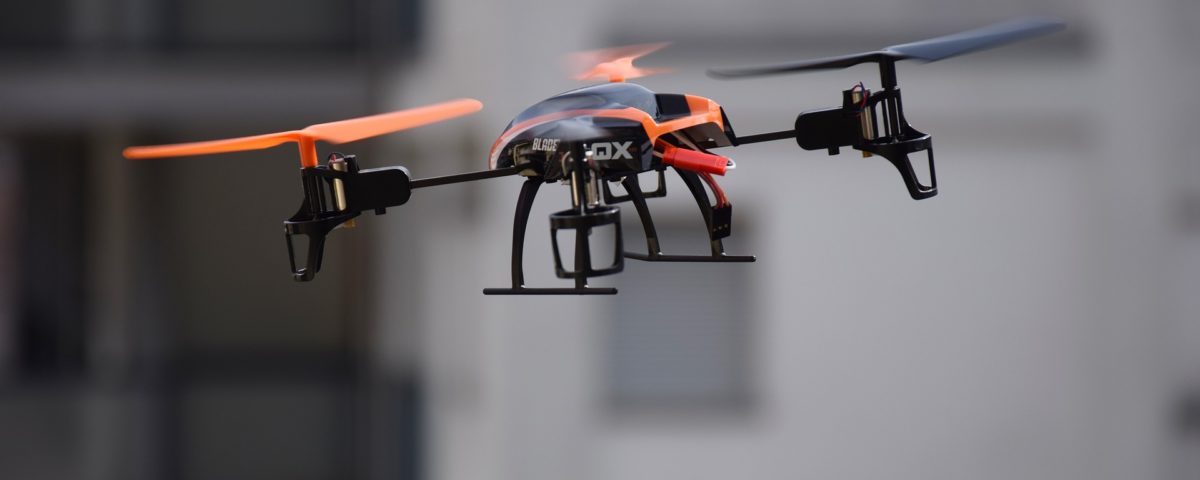In a previous article, we’ve talked about how drones can be used to save $$ your business, and for many industries the impact that these small aircraft have made are truly game-changing (think real-estate and inspection).
But before you go and purchase a fleet of drones, you should first get about the rules and regulations regarding its use.
With the updated regulations by the FAA, companies can now legally use drones but procedures should still be followed. Additionally, there are state and local laws pertaining to the use of drone technology that you should be aware of.
Non-recreational Use Of Drones
Part 107 of the Federal Aviation Regulation states that the use of drones for business purposes, compensation or work must adhere to the following:
- Have a remote pilot certificate (includes aeronautical knowledge test)
- A registered drone
- Check and follow airspace regulations
- Pre-flight check
- Adhere to operational rules
- Follow the FAA’s rules and regulations
Operational Rules On Flying Drones For Commercial Use
- Drone weight should not exceed 55 pounds
- The drone must be operated with visual line-of-sight (VLOS) and not with first-person-view technology.
- Flight must be made only during day time.
- The drone has a groundspeed limit of up to 100 mph.
- It may fly on Class G airspace even without an ATC permission but is restricted on other airspace classification.
- It should only fly up to a height of 400 feet above ground level .
- The drones shouldn’t fly over people not involved in drone operation except when covered by a vehicle or structure.
Consequences Of Not Following The FAA Rules and Regulations
A complete list of the rules and regulations set by the FAA can be found and downloaded on their website. Failure to follow such rules and regulations can lead to fines, penalties and even imprisonment.
FAA is also strict at the commercial use of drones. A huge fine from $27,500 to anywhere up to $250,000 can be charged to anyone who doesn’t register their drones. It can also lead to imprisonment for up to 3 years.
Final Words
Because wide-scale drone use is relatively new, the regulations from local governments and the FAA are changing every years.
While the above list is a important start to understanding regulations as they stand today, make sure you stay up-to-date on any changes and luckily the FAA does a great job of tying this information together at a federal and local level.
Visit https://www.faa.gov/news/ today and type “drones” in the search field for the latest and greatest news (see below).
Thanks for reading!



